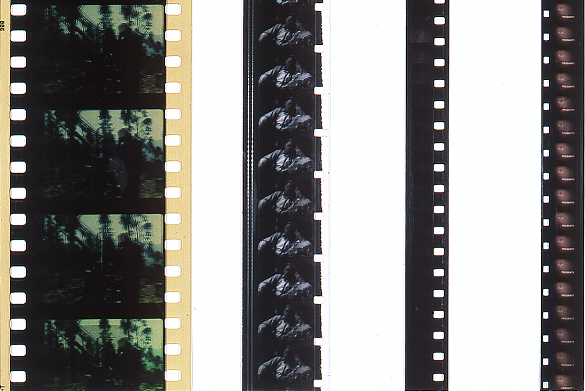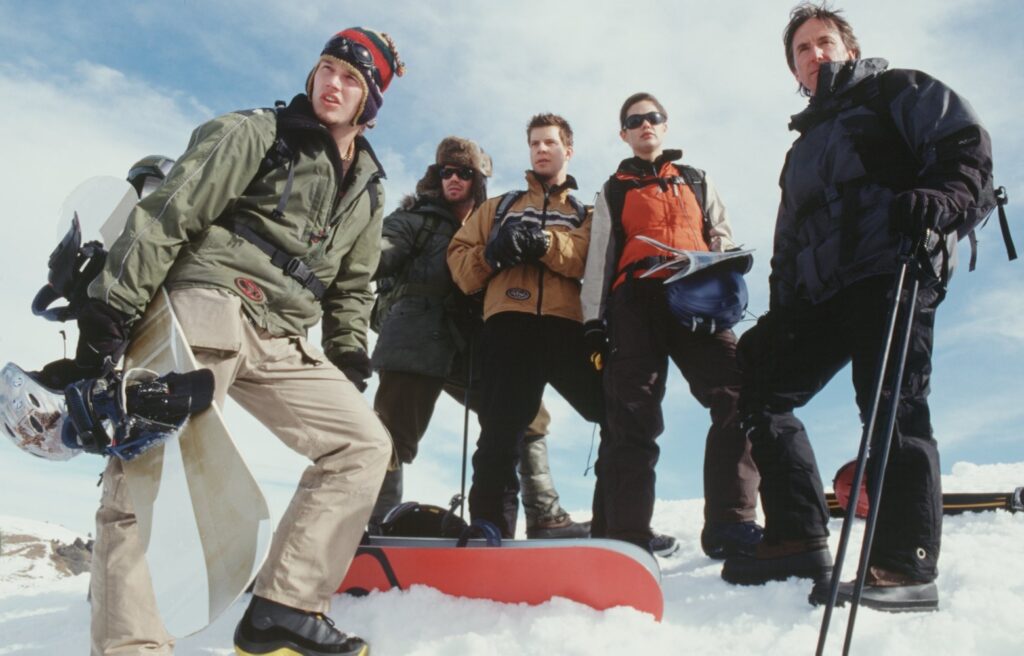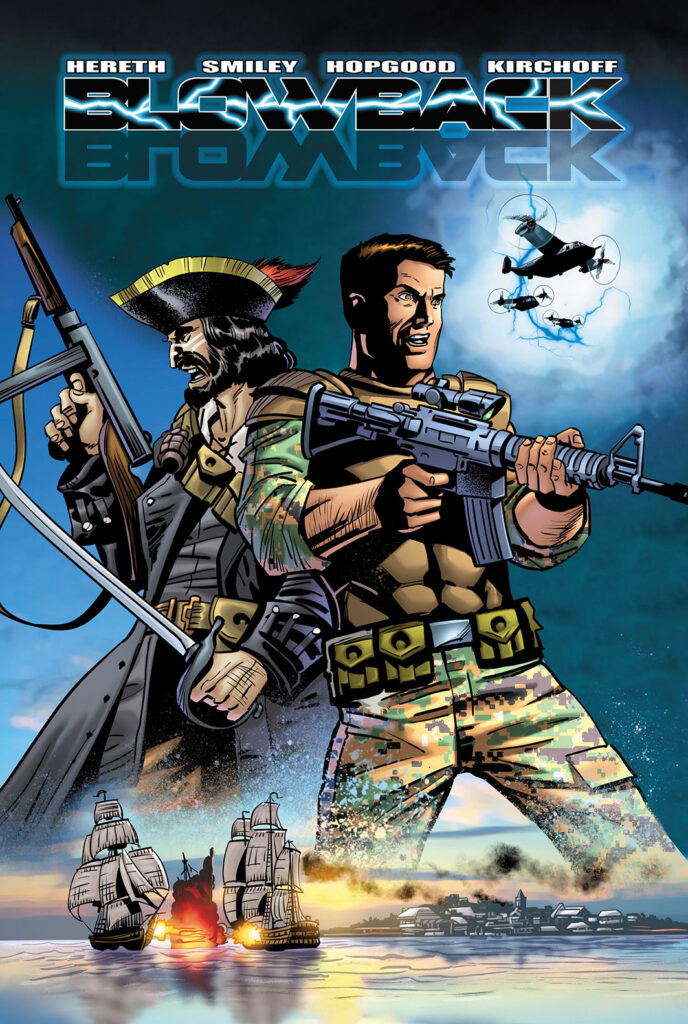Entertainment comes in so many forms. Today, more than ever (though I think they might’ve finally phased out wax cylinders and 8 tracks).
So, while I understand that it’s important for writers to create a brand for themselves, I think it’s also important to branch out occasionally.

I speak from experience. A wide array.
Although I’d made short films in high school and took a sketch comedy class in college, I graduated with the intention of becoming a feature film writer.
But despite my growing pile of specs, one of my first opportunities to write professionally was on a syndicated detective show called High Tide. Was I going to turn my nose up at an hour-long run time?
Hell no, I wasn’t. I was thrilled.
If you get an offer to do something outside your brand, don’t reject it out of hand. That thing may end up being what you like writing the most.
Or not. But you should flex those creative muscles anyway. Take some chances. Especially if someone is going to pay you to do it.
HOUR LONG
The interesting thing about working in broadcast television is crafting drama to peak at a commercial break. It’s a challenge to shape your story to build to a cliffhanger strong enough to make viewers stick around to see what happens next.
HALF HOUR KIDS LIVE ACTION
For me, this came about through Mowgli: The New Adventure of the Jungle Book, which I created along with Tim Bogart and Guy Toubes. A lot went into this beyond just writing. Like a lot a lot. But the writing was also a unique challenge.
It was a shorter duration, obviously. And needed to be geared for a younger audience. The most unexpected obstacle, though, was writing for real animals that are only able to perform very specific actions.
We learned very early in production that any sequence where we wrote that Baloo dramatically charged onto the scene was not going to work. The bear did not “charge” anywhere. Lumber, stroll, sit, sure. All day long. But charge? Not so much.
So, once we knew what we were working with, we got busy writing stories that would work.
FEATURE LENGTH

With Extreme Team, I got a movie into production at last.
Most aspiring screenwriters are very familiar with the feature paradigm, and probably have several specs sitting in their computers. They’re raring to go when this kind of opportunity comes along.
Extreme Team was a television movie, so the classic three act structure gets modified to accommodate those dramatic breaks for commercials.
HALF HOUR KIDS ANIMATION
With animated half hours, you don’t need to worry about the limitations of real life bears, but that doesn’t quite mean anything goes. There’s only so many backgrounds, guest characters, and vehicles in a show’s budget. Someone gets paid to design and draw every one of those things, so dollars and schedule dictate just how much you can dream up.
Rhonda Smiley and I have reached the end of seasons on shows and have been asked to write episodes that take place in settings, or used characters, that had originally been generated for previous episodes.
Recycling is good for the planet, as well as the studio.
Learn to create great stories despite these kinds of restrictions, and you may become a go-to hire for show runners and production companies alike.
HALF OF HALF HOUR ANIMATION
One type of animated half hour consists of two different 11 minute segments (a broadcast half hour is typically 22 minutes of content).
This structure is frequently targeted toward younger viewers or preschoolers, which can come with the challenge of E/I rules. These are requirements to educate or inform. E/I series are staffed with an educational consultant to make sure writers are properly weaving age-appropriate lessons in their stories.
Entertaining and educating? A noble format indeed.
BITS AND BYTES
During my run on Kuu Kuu Harajuku, I was asked if I wanted to also write bonus streaming content for the show. That translated to creating stories that were a mere 3 to 4 minutes long. You can’t even finish microwaving a Stouffer’s Mac and Cheese in that kind of time!
With the Kuu Kuu Close-Up, the assignment was to essentially write a monologue. This would keep new animation to a minimum, while providing action by cutting in existing moments from the show.
Challenge accepted.
THE REST
In the other duration direction, you have mini-series, limited series, and lest we forget, the classic open-ended television series. Unique writing challenges there include things like character arcs over the course of an episode, season, and even an entire series run.
So don’t let yourself get stuck in just one kind of storytelling. Flex those creative muscles and take on new things, unfamiliar things, different things.
Despite their differences, all these formats still require a compelling narrative with a beginning, middle and end. If you can imagine and convey a good story, then it shouldn’t matter how long it is, or how big a screen it will reach an audience on.
Entertain. Enlighten. Move.
Keep your options open. You never know where opportunities may arise!
________________________________________________________

Jim Hereth‘s latest project is his debut action/adventure graphic novel, Blowback, available now at Amazon and comiXology.
![[TEXTSMITH] BLOG](https://blog.jameshereth.com/wp-content/uploads/2016/07/cropped-cropped-BulbsPlus.jpg)
Do you think streaming services are creating new rules here? Episode length, and lack of commercials?
I do think that streaming is changing the paradigm. Not only are there no commercial breaks to dictate dramatic structure, but your storytelling now takes into account binge-watching. The need to bring people back up to speed after a week away is no longer relevant. And as you point out, hard runtimes have become moot. Creative don’t have to trim to fit into a specific time slot. They just need to be in the ballpark and then let the story dictate the exact length.